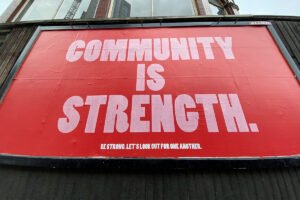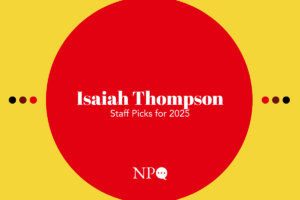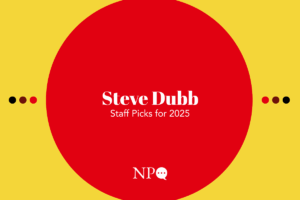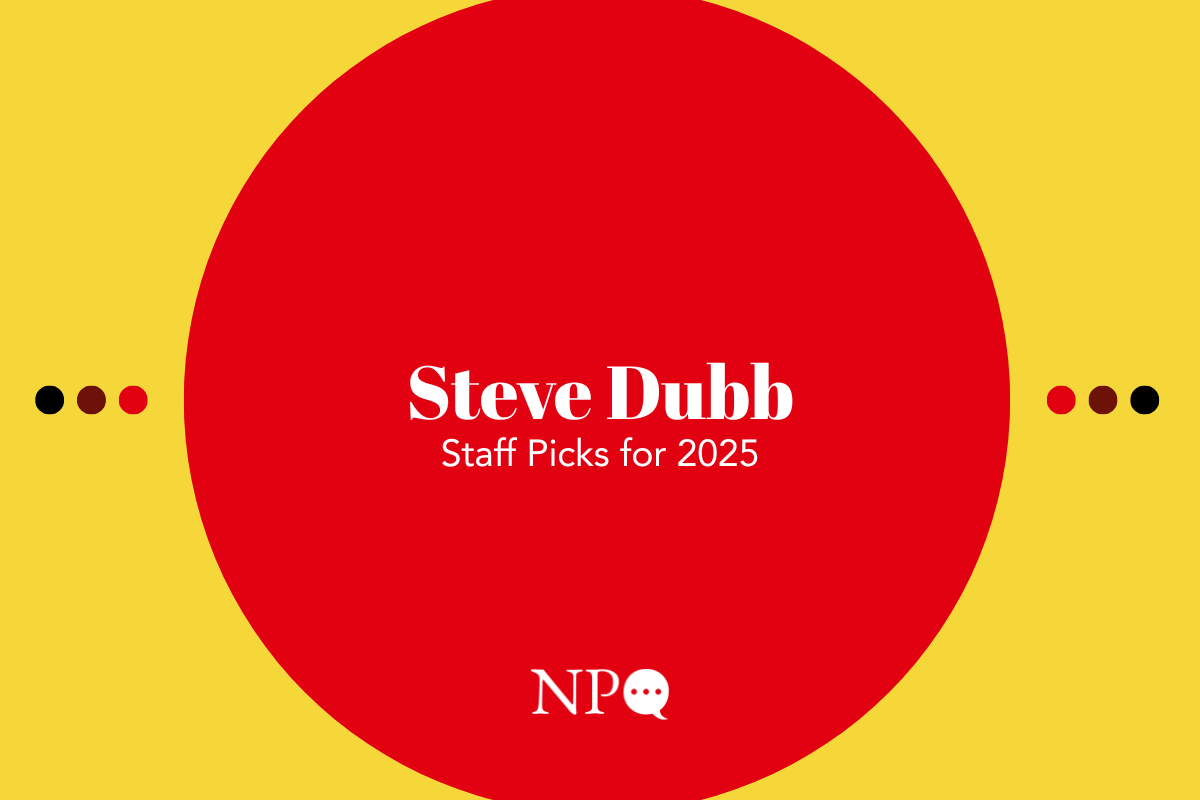July 2, 2010; Source: Wall Street Journal | Some nonprofits can rival their for-profit competitors for market share in some industries, even though they serve only a low-income clientele compared to for-profits’ style of following the money. The Wall Street Journal reported that the nonprofit builder Habitat for Humanity ranks eighth on the list of the nation’s largest home-builders according to Builder magazine, just above Ryland Group and just behind Hovnanian Enterprises.
Sign up for our free newsletters
Subscribe to NPQ's newsletters to have our top stories delivered directly to your inbox.
By signing up, you agree to our privacy policy and terms of use, and to receive messages from NPQ and our partners.
Partly this is due to the continuing demand for Habitat’s homes for people with low incomes—Habitat’s closings were down only 3 percent in 2009 compared to a 30 percent decline in Ryland’s production and a whopping 50 percent downturn in Hovnanian’s closings. Part of Habitat’s volume is attributable to its increased attention to rehabs, including rehabs of foreclosed homes. But Habitat did this as an operation with a lot of volunteer components, including many volunteer construction personnel as well as the sweat equity of eventual home purchasers—and all while in a nonprofit recession which for Habitat meant a 9 percent decline in charitable contributions causing a layoff of 8 percent of Habitat’s paid staff.
Habitat’s construction program isn’t quite as tightly centralized as some of its bottom line-focused commercial competitors—many local Habitats function relatively independently. Nonetheless, Habitat’s network is producing at a decent clip despite the recession and housing market collapse. Many would have thought that the Habitat model of volunteer/sweat equity production simply wouldn’t generate volume, but passing Hovnanian and chasing Ryland puts Habitat into the league of the nation’s truly productive housing developers—even as a nonprofit.—Rick Cohen











